Strategic Development and Analysis: A Lego Group Case Study
VerifiedAdded on 2020/07/23
|6
|749
|84
Case Study
AI Summary
This case study examines the Lego Group's strategic management, focusing on its evolution from wooden toys to plastic bricks and theme-based products like LEGO Friends and Ninjago. It highlights the importance of competitive advantage, innovation, and responding to external factors such as customer demand and market competition. The study analyzes how the Lego Group adapted its strategies, including a new management style, to achieve growth and meet market challenges. It further explores the impact of external environment factors like competitors, customers, economic conditions, and political factors on the company's development strategy. The case study also reviews alternative strategies used by Lego in 2004, such as restructuring and financial strategies. Finally, it suggests strategies for future improvement, emphasizing the importance of resource management, employee motivation, and smart strategies to ensure continued success within the organization.
1 out of 6
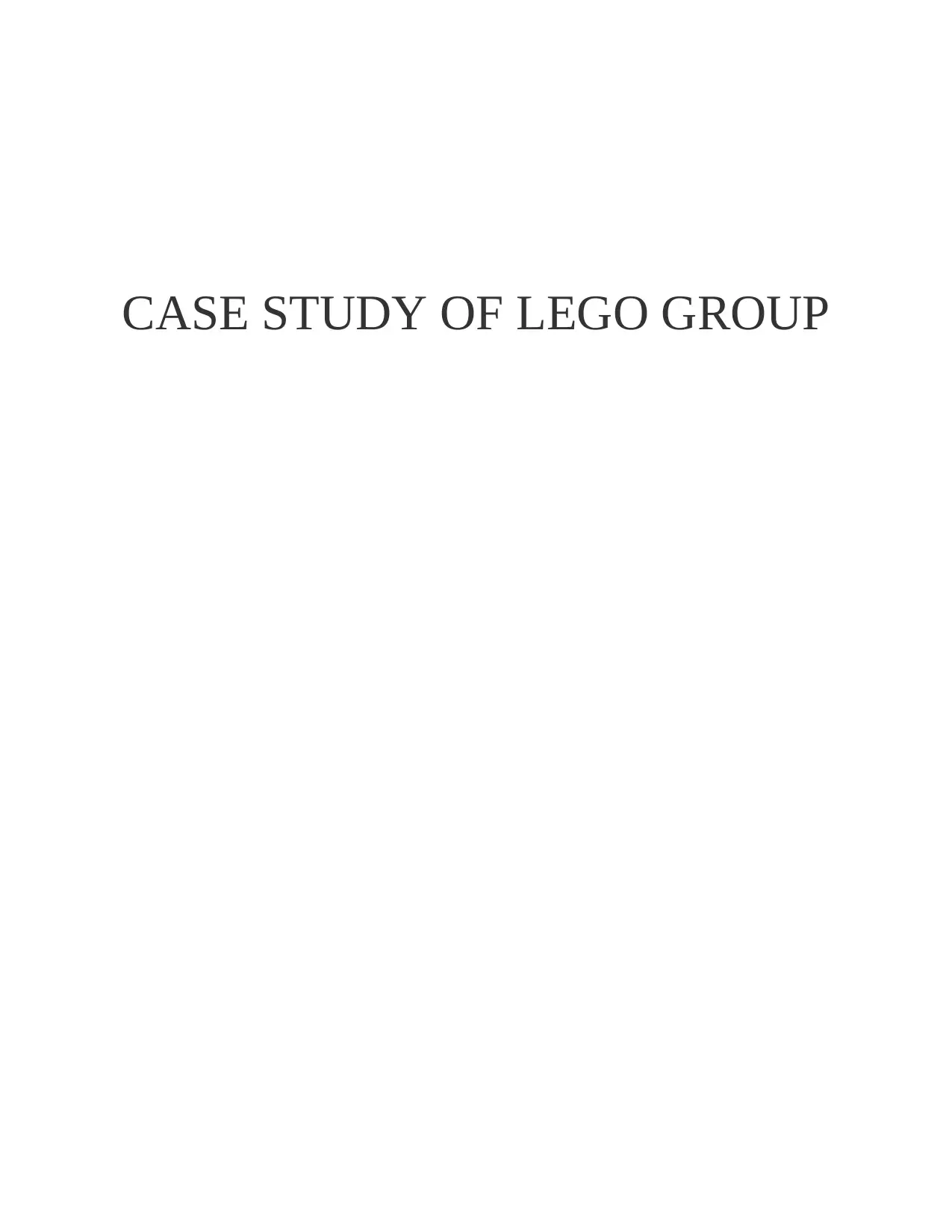
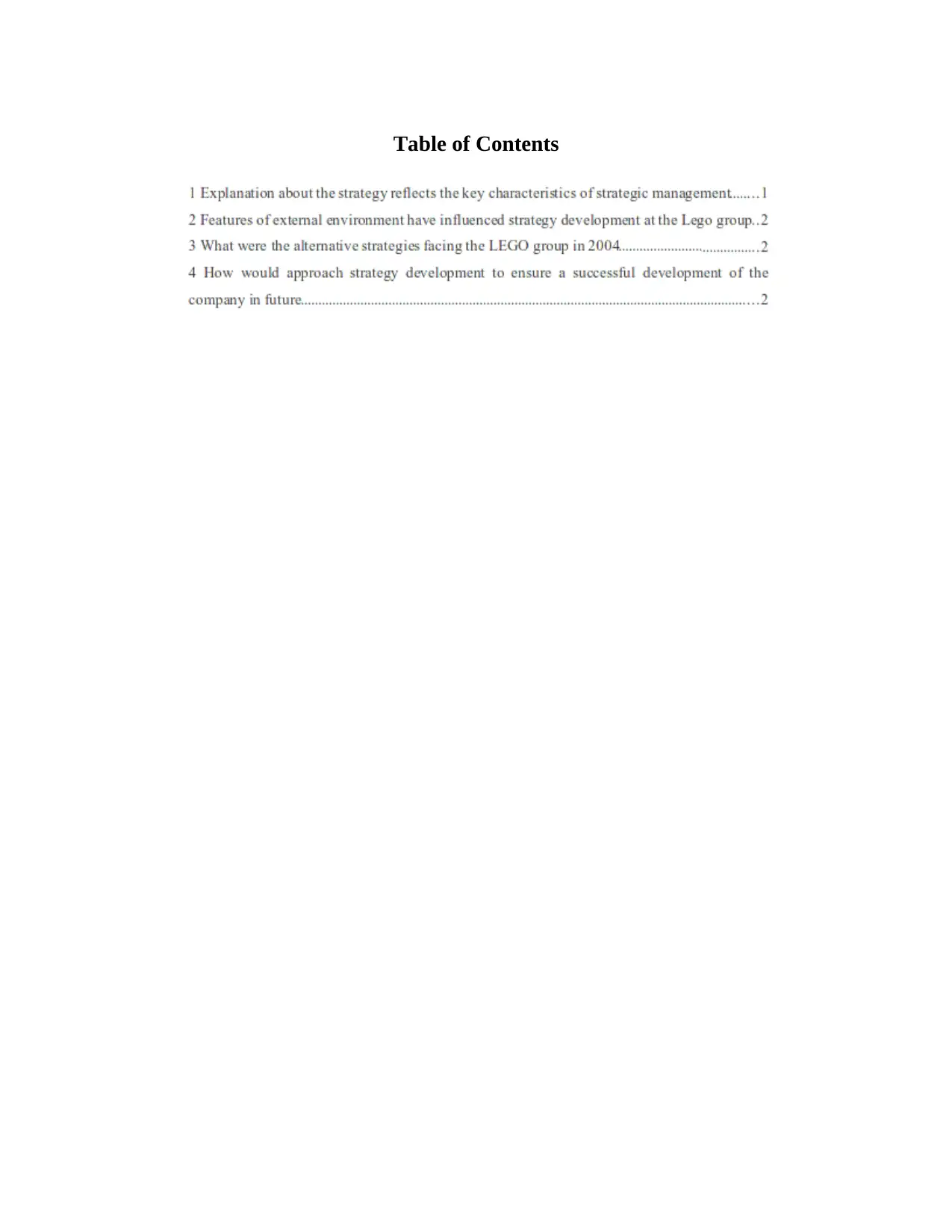
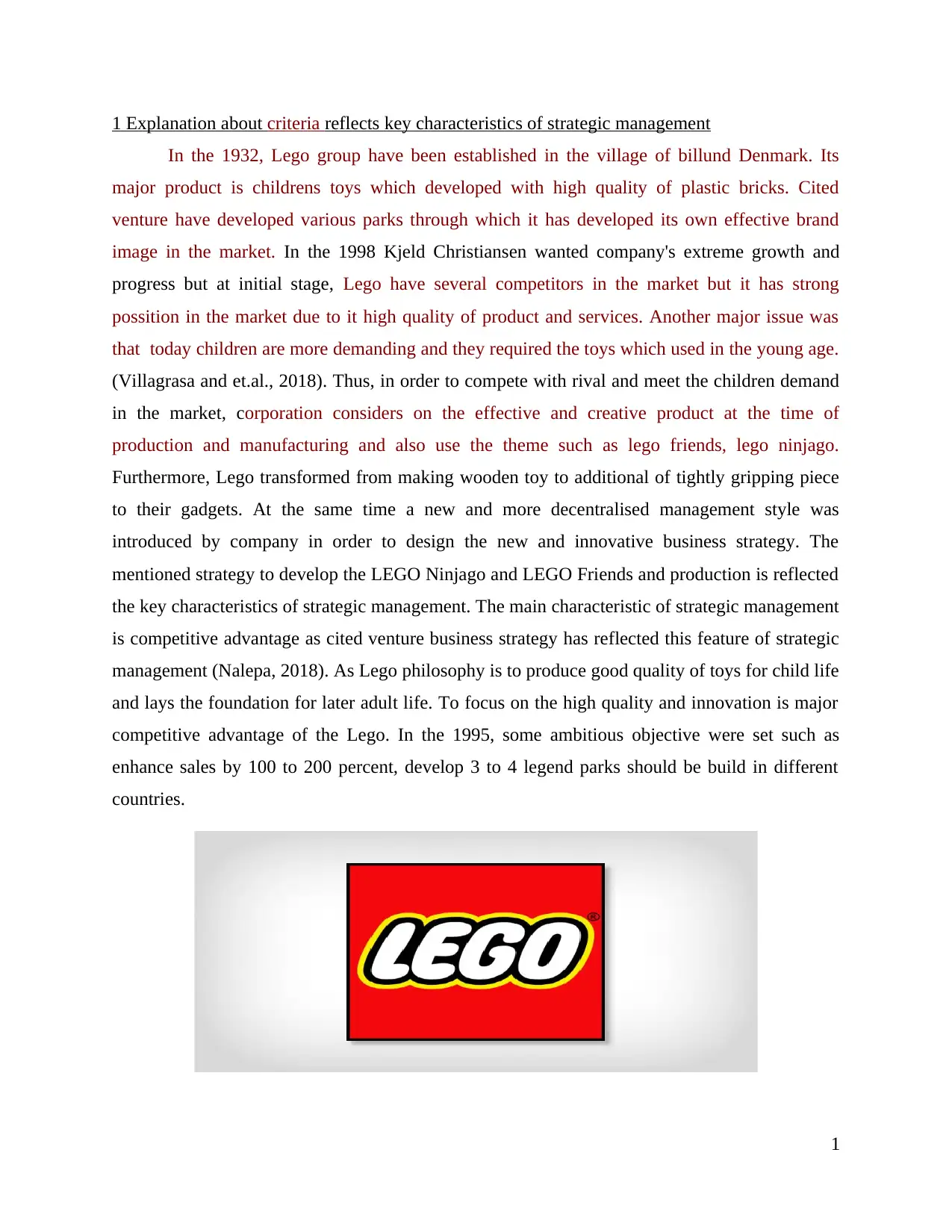

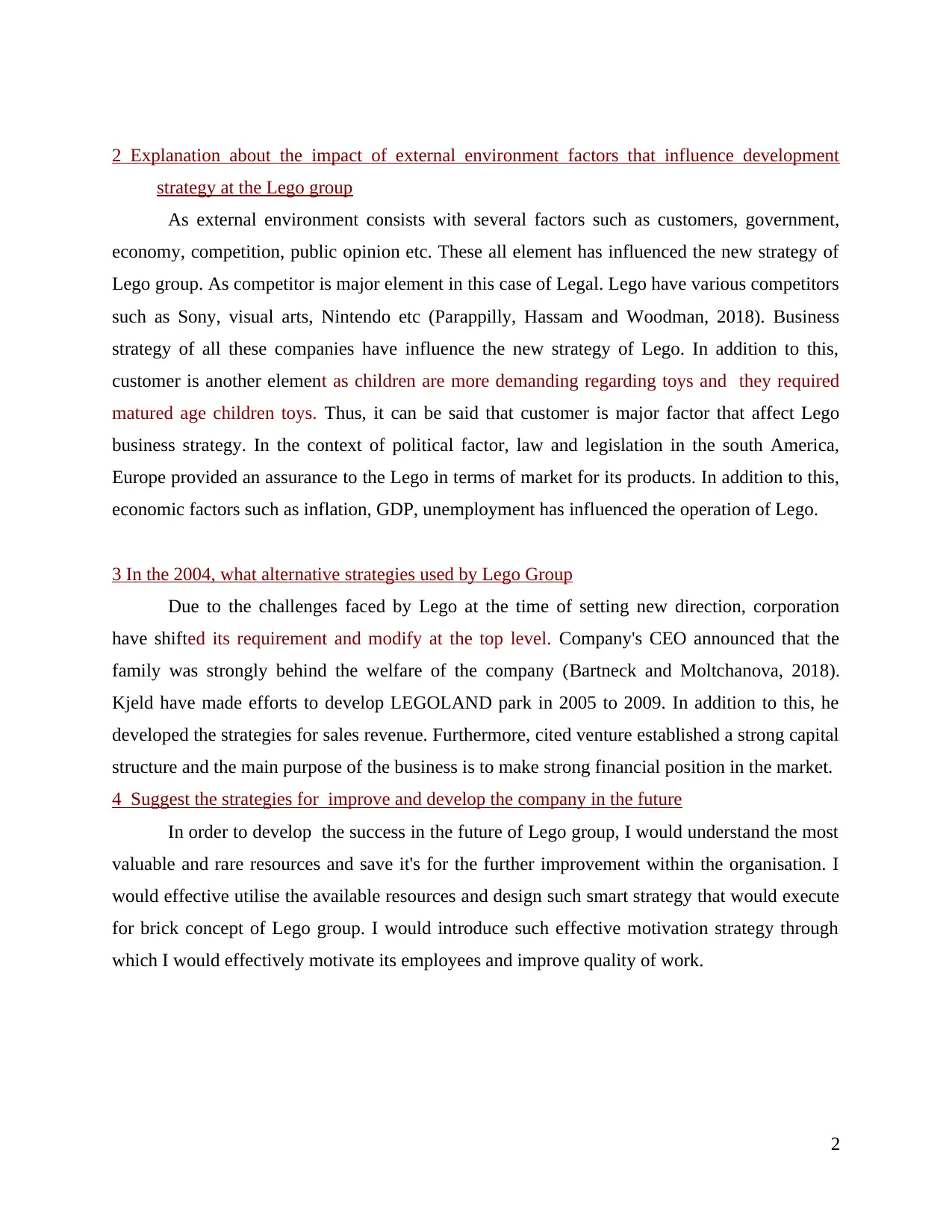
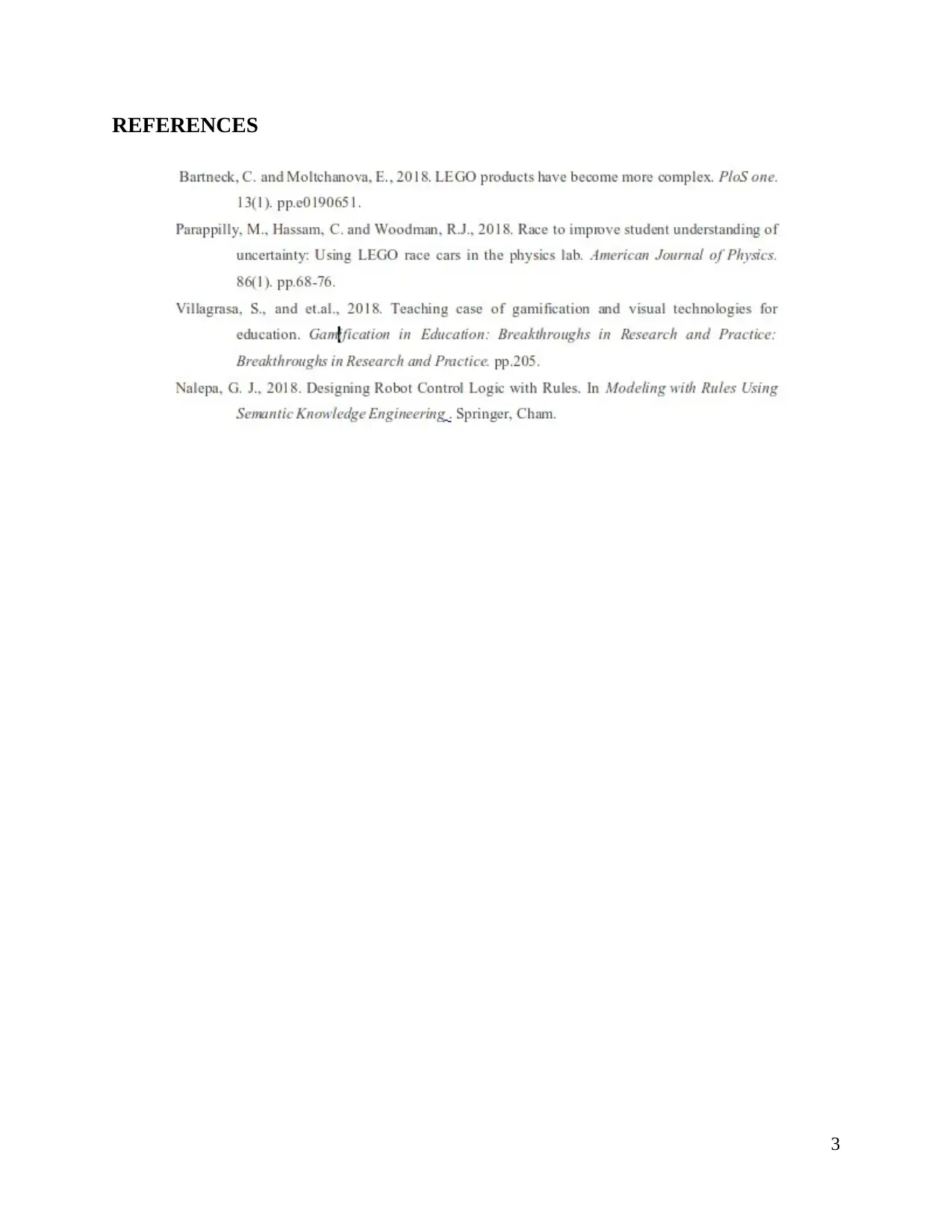







![[object Object]](/_next/static/media/star-bottom.7253800d.svg)